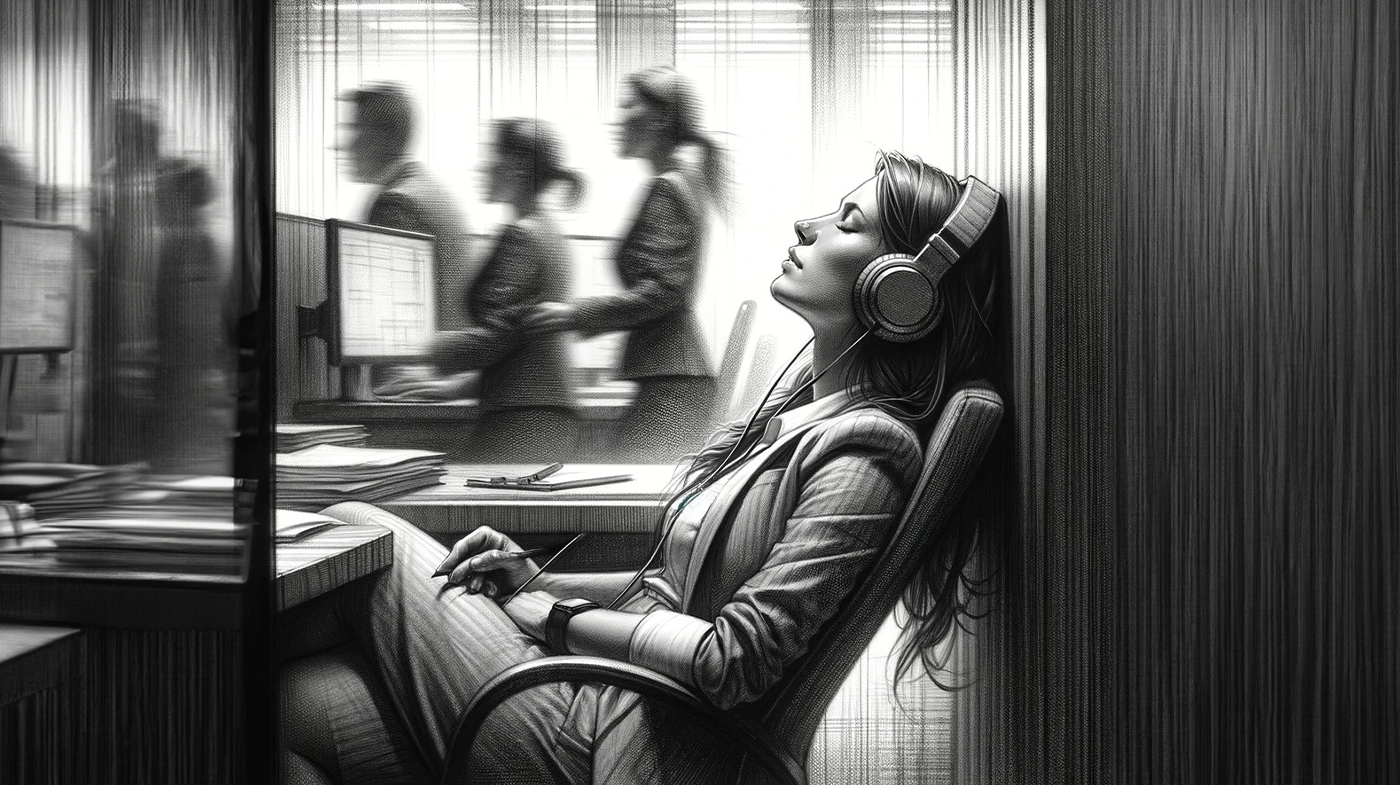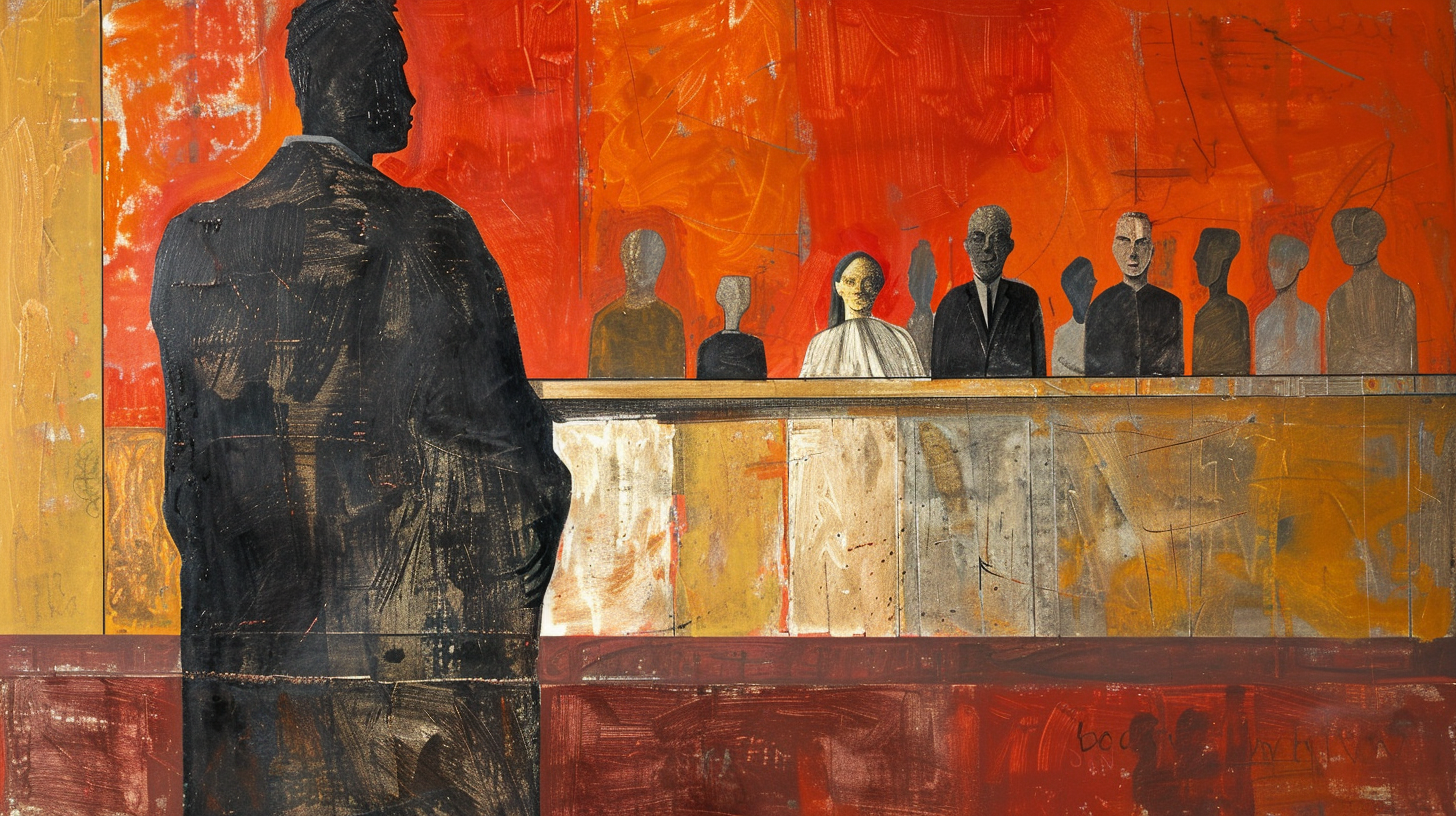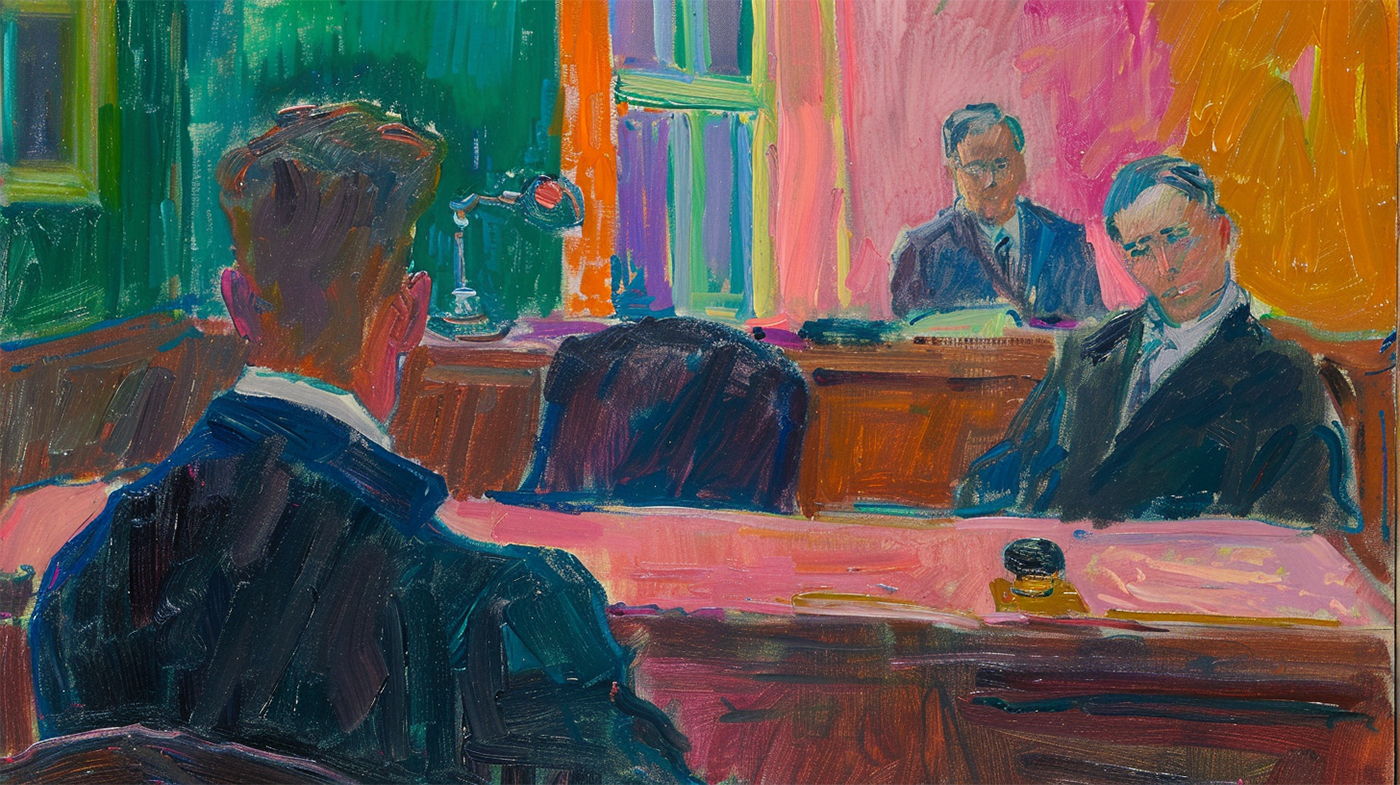This is a way to conduct an appeal.
An appeal is a request to a higher court to rehear and review the court below’s decision (‘the original decision’).
An appeal can happen from the subordinate courts, comprised of the magistrates and sessions courts, to the High Court (Scenario 1), or from the High Court to the Court of Appeal (Scenario 2).
For civil matters, there is only one right of appeal. If a litigant wants to appeal further a Scenario 1 or 2 situation, the person appealing requires the higher court’s permission (Scenario 3) before he is allowed to file his appeal. For criminal matters, the situation is different. There are two rights of appeal: the appeal against the original decision and the appeal against the appeal. There is no need to obtain the higher court’s permission to appeal the second time.
This essay is not concerned with Scenario 3. That will be dealt with some other time. This guide is concerned with Scenario 1 and 2 appeals only i.e., an appeal against the original court’s decision.
To conduct an appeal, firstly, we need to understand and appreciate the threshold to meet before a higher court intervenes to reverse an original court’s decision. Although an appeal takes place by way of a rehearing, the matter is not argued afresh. The focus of an appeal is primarily whether the original court committed any error of law or fact. If that is established the higher court will reconsider the case afresh. However, if it cannot be shown the court committed any error, it will not interevene.
In Malaysia, we have the ‘plainly wrong’ test adopted from the United Kingdom.
An appellate court should not interfere with the trial judge’s conclusions on primary facts unless satisfied that he was plainly wrong.
per Justice Zabariah Mohd Yusof, Ng Hoo Kui & Anor v Wendy Tan Lee Peng, Administrator of the Estates of Tan Ewe Kwng, Deceased & Ors [2020] 10 CLJ 1, Held (1)
In the case of Ng Hoo Kui, the Federal Court was asked whether it should adopt the ‘four non exhaustive identifiable errors of a trial judge’ that amounts to being ‘plainly wrong’ that were idenfied in the English Supreme Court case of Henderson v Foxworth Investments Ltd and Another [2014] 1 WLR 2600.
The Federal Court decided those ‘four non exhaustive indentifiable errors’ were merely a explanation about what amounted to being ‘plainly wrong’ warranting appellate intervention. They were not guidelines. The Federal Court rejected using those ‘four non exhaustive identifiable errors’ as a ‘rigid guidleline’ to be adopted in finding that a decision was plainly wrong. In short, the Federal Court said they were not bound and in doing so kept the door open for other identifiable errors that cannot yet be imagined. Fair enough.
Although the Federal Court did not adopt those ‘four non exhaustive indentifiable errors’, I feel thinking in those terms is helpful to litigation lawyers. They provide a helpful categorisation of judicial errors. For ease of reference I will call these the ‘4 identifiable errors’. These 4 identifiable errors are excellent examples about what amounts to being plainly wrong. Finally, these4 identifiable errors articulated by the English Supreme Court are the commonest ones and therefore the ones we are likeliest to encounter.
These 4 identifiable errors are: (1) a material error of law (ii) a critical fact finding of fact without evidential basis (iii) a demonstrable misunderstanding of relevant evidence and (iv) a demonstrable failure to consider relevant evidence. Although there are other errors, these four identified errors tends to cover the general run of cases.
Error (i) has to do with the application of law. Errors (ii), (iii) and (iv) relate to fact findings. That makes sense because those are the only two areas a judge is responsible ultimately for: the correct application of law and the accurate finding of facts. If a judge gets either of these things wrong or both, then the decision is vulnerable to being set aside on appeal.
Bear these four identifiable errors in mind when preparing our appeal. These are errors we should look out for in the grounds of judgments of the original court (assuming one is prepared) when considering it together with the notes of proceedings, bundle of pleadings, common bundle of documents and written submissions.
It is important not to limit our appreciation to just these 4 identifiable errors but to be open to other identifiable errors that invite appellate intervention such as failing to consider a litigant’s submission, not listening to parties, being in a conflict of interest position, or the judge fails to turn on his video camera.
Second, once we understand the threshold for appellate intervention i.e., plainly wrong and what amounts to an original court being plainly wrong, focus our submission on those identified errors. Although I discuss conducting an appeal through oral submission, my suggestion apply equally to how we approach our written submissions.
When I say, focus our submission, I mean leading the court to the identified errors as quickly as possible. ‘Leading’ because before identifying the errors, we first need to frame the context in which these errors arise. The context is the background facts (i.e., the story or narrative) or law (the curent state of the law about a legal issue) from which the legal issues arise. The context is important because it circumscribes the factual parameters of the legal decision. It provides shape and colour to arguments about the disputed issue.
Third, once context is established, summarize the original court’s errors before they are demonstrated. The operative word is demonstrate means ‘clearly show the existence or truth of (something) by giving proof or evidence.’ Show then tell. This is what I mean:
Show the passage in the grounds of judgment (GOJ) where the identified error resides. Invite the court to look at the relevant paragraphs in the GOJ. Read it out. Read out the key passage or sentences if the quote is too long.
Tell the court what error was committed in the GOJ. Was it a factual error? Was it a legal error?
If it was a factual error, show why the factual finding by the judge is wrong. Take the appellate court through the notes of proceedings, witness statements, documents or statement of agreed facts that contradict the GOJ. Take the court to the pages in those documents and read them out. Make sure the judges see the contents of the documents. Confront them with the raw facts. Summarize for the court how the factual finding was wrong.
If it is a legal error, show the reported cases that contradict the legal statement in the GOJ. Take the court to the passage in reported case then compare and contrast it with the GOJ. Read out the quoted portion in the reported case. Tell the judges how the legal issue decided goes against established authorities, has no basis based on them, or is just absurd.
Show then tell until you conclude your submission on the identified error. Summarize the argument and invite the court for clarifications before moving on to your next argument, submission or point.
The main work of appellate counsel is essentially to show, tell, show, tell, sum up the point, repeat and rinse. The showing is important. It is makes the point more vivid and real. It ensures we stay close to the facts and the law. Not showing imbues our arguments with a sense of being flimsy, unsupported and theoretical, as if untethered to reality.
Fourth, if the higher court asks a question, respond immediately. Do not keep the judges waiting for you to get to your point. Our not answering their questions, distracts them from listening to what we want to say. We need to answer them because it is what they want to know. What they know is different from what we do. They need to know it in the way they do. We receive and process information differently from each other.
Whatever the case, we should have up our sleeves or down our pockets a ready, pithy answer with a reference to the documents or reported cases to support our answer. The reference is important to creating a sense of solidity to our answers; it is an injection of a slice of reality. That means we need a working familiarity and ease with the record of appeal and bundle of authorities.
If the higher court pulls us away from our intended structure and flow of argument, do not resist. See through and answer the court’s questions first. Satisfy the judges’ questions as far as possible (within the bounds of your particular facts and applicable law, of course) then return to our intended course, if there is still a need for it. Sometimes in answering a judge’s question it takes us out of our intended course of submission we inadvertently cover other submission points. If those are covered, there is no need to repeat them again unless there is a real need to do so.
Fifth, in responding to our learned opponent’s argument, we should do so accurately, succintly and potently to the arguments she raised. A way to do this is to summarize the opponent’s arguments as fairly, correctly and succinctly first. Only after that should we advance our reply to their arguments.
Summarizing our opponent’s arguments in that fashion demonstrates credibility, competency and courage on our part all at once. Credible because we are not hiding from the sting of the opposing party’s arguments. Competent because we can summarize their arguments, perhaps even better than them. That shows respect to the opposing arguments. Courage because we dare summarize their arguments in a way that shows its strength. Only cowards, incompetents and the dishonest weaken opposing arguments by unfairly, improperly and inaccurately summarizing them. And this is regrettably common fare.
Our reply should more or less take the following shape: Provide an overview of the opposing arguments. Summarize, show and tell our response, summarize, show and tell our response, repeat. Conclude. Invite the court to inquire if it requires clarification. Repeat the orders sought. Sit down. Shut up. Wait for the decision.
That is more or less to it in conducting an appeal. There is more, of course. But these are the basics.
In conducting an appeal, the goal is not to stand as long as possible and yap for as long as we can. It is not about glorifying our time off our arse and hearing only our dulcet voice. It is not about how short or long or quick or fast our submission is. That is the wrong focus.
It is about how persuasive our arguments are. Are they substantive, succinct and cogent? Has the court grasped why we say the original decision was in error? The length or duration of an argument has no direct bearing on its persuasiveness.
If yes, win or lose, we succeeded in our advocacy and our responsibility.
As counsel, the outcome of the case is not ours to determine. It is the judge’s. As counsel, we may have some influence over it but ultimately it is for the judge to decide.
As I understand form my conversations with Malaysian appellate court judges, they generally have an idea how they intend to decide before getting into the hearing room. That is not surprising since the record of appeals, the submissions and bundle of authorities are all filed prior to the hearing. If they have no idea that means they didn’t read their file. A former Chief Judge once mentioned there is more or less a 20% chance of a judge changing his or her mind after listening to arguments.
So it is enough that the court grasps and understands our argument. That is all that is required of us as a lawyer, advocate and counsel.
Our job is not to guarantee that our legal arguments succeed no matter what. To ensure or guarantee the success of an appeal leads down a steep and slippery path to making an appeal to the illegal instead of the legal. I am happy to declare I have no experience whatsoever about such matters.
Related Posts
- Mass Calls to the Bar
My experience of calls to the Bar is one borne from moving calls mostly at…
- My ability to type fast | From the Atelier
I followed Zee Tan's work on Facebook before I got around to approaching him for…
- The Importance of Not Using Metaphors to Describe Symptoms
Once in my teens, I went to see my usual doctor, a general practitioner, in…
- ‘Sit near the staff.'
My mother insisted on this before I began my pupilage at my father's firm in…
- The Secret to Extrinsic Success
Extrinsic success is the acclaim, awards and accolades society bestows on us. Or discretely purchase,…







1 thought on “A short guide to conducting an appeal”